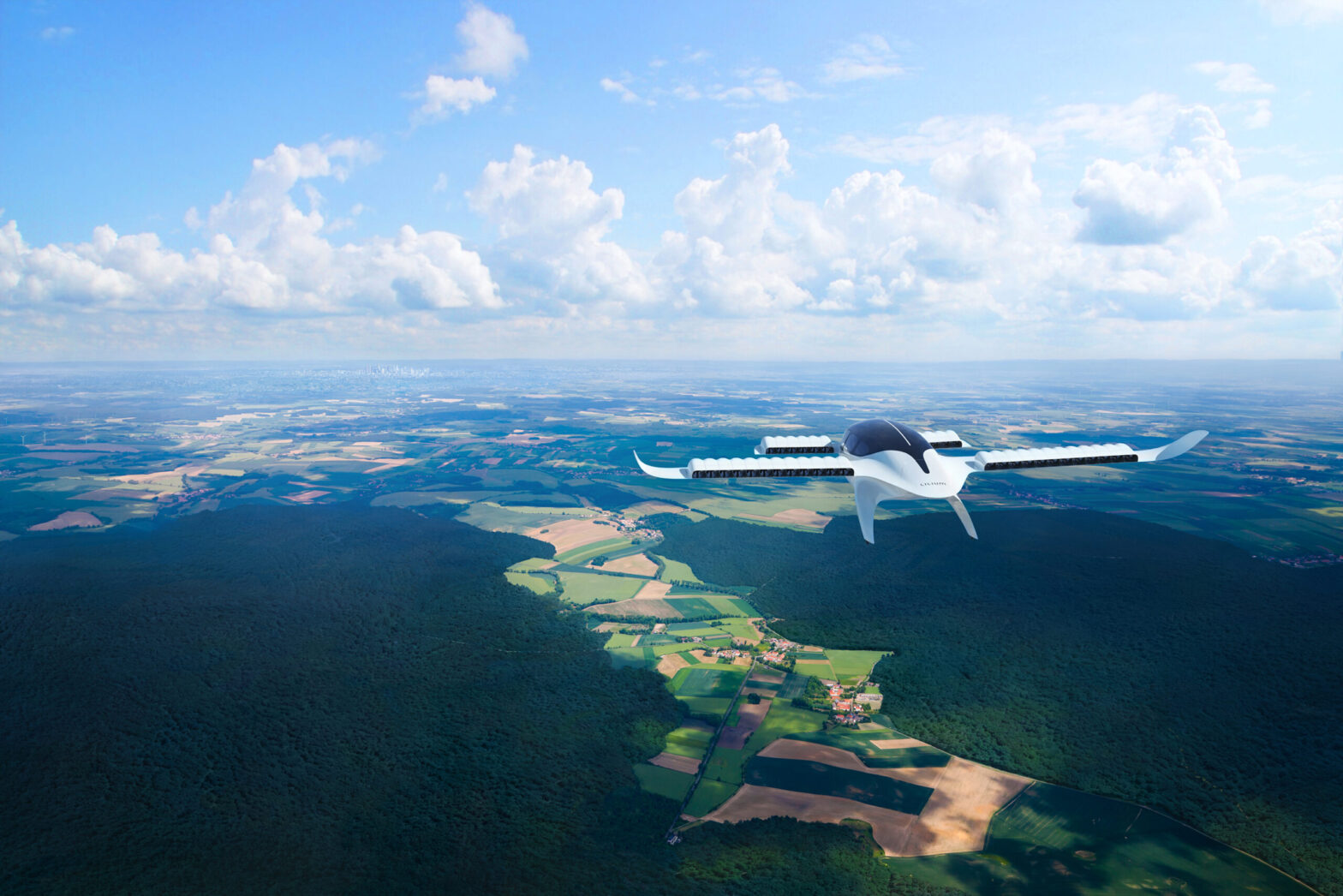Lawrence Hunt is the CEO and founder of Silverjet, a British airline intent on taking the tension out of long-haul flights. ‘We had psychologists monitor travellers’ stress in the main terminal at major airports and the results showed they were at the same level of stress as if they were being held up at knife point. That’s an incredible statistic that shows just how tense air travel can be.’
James Forbes, CEO and founder of hotel and real estate advisory firm Asil Consulting, travels almost every week. He uses the Silverjet service as well as owning his own Gulfstream jet. ‘If there are a number of us flying, I would consider taking my own plane up, but if it’s only me then it’s not financially viable. Still my main bugbear with flying is having to stand around for hours on end at an airport terminal; it’s dead time,’ he says.
An alternative is to hire a plane. Tony Bauckham, managing director of Air Charter Service, has seen the market for private air travel grow in the past five years, which he attributes to ‘the deterioration of airports and the congestion that follows’.
Bauckham deals with high net worth individuals – ‘people who are money rich and time poor’ – and that’s the kicker for the business community, he says. ‘The fact that you can turn up to the airport five minutes before the flight takes off is a real pull for our business clients.’
Paying the price
When it comes to cost, you will need an understanding finance director. For a four-passenger jet, you might be looking at around £6,000 to £7,000. If you want something more special, with a meeting room on board and sleeping accommodation, the price rises accordingly.
For some, it’s too extravagant. John Kearon, CEO of market research firm BrainJuicer, travels frequently and feels that chartering a private jet is ‘a total status thing rather than a convenience issue’. Like many people, Kearon uses low-cost budget airlines for business travel to get around Europe.
‘There are a few downsides to budget airlines. Although I’m sure it’s all very necessary, the security provision is a nightmare and generally involves at least an hour’s queuing. You’re herded in like cattle and there are no frills, but it’s cheap, it’s easy to book online and when you’re flying in Europe, it’s generally only for an hour or so.’
For longer flights, he prefers to use a business class airline that has check-in times closer to take-off, at around 30 minutes before departure. What’s more, private terminals mean you can avoid the hubbub of the general public.
Keeping unnecessary stress to a minimum, particularly for longer flights, does seem to matter for executives. As Forbes says: ‘Being able to arrive so soon before take-off is perfect for me, and because your luggage is at the baggage carousel by the time you reach it, the whole thing is a pleasurable experience. It’s the way travel should be – hassle-free.’






